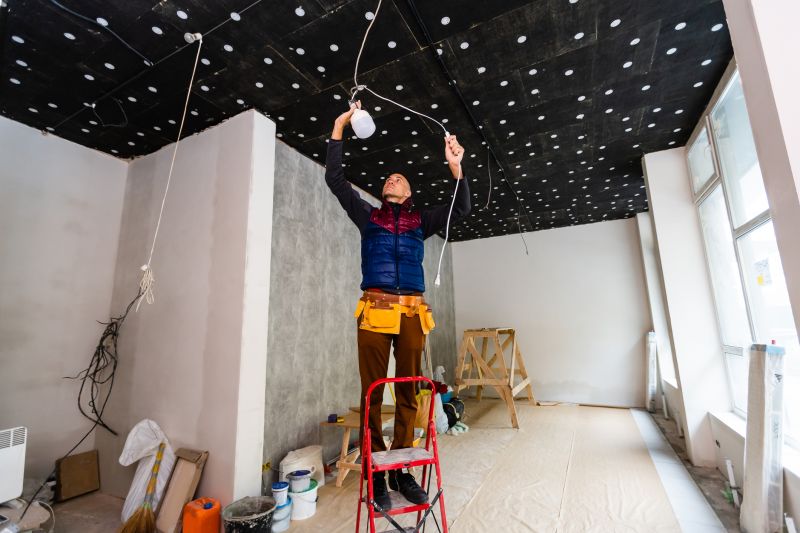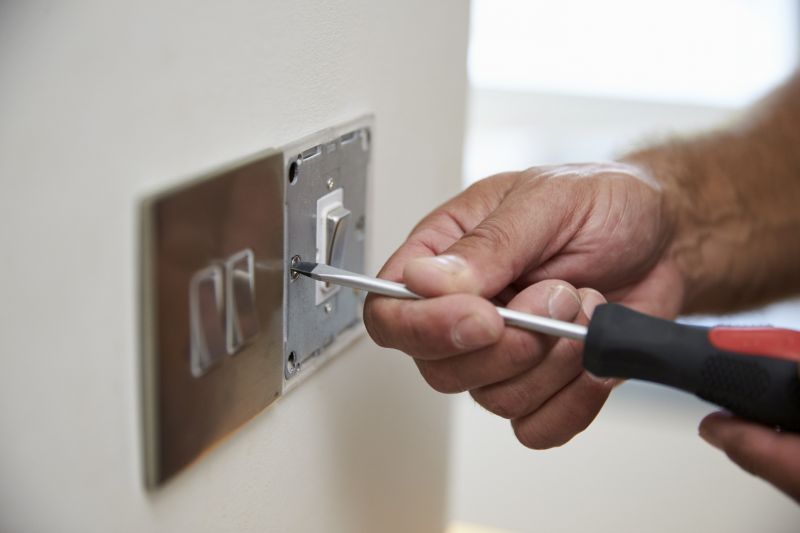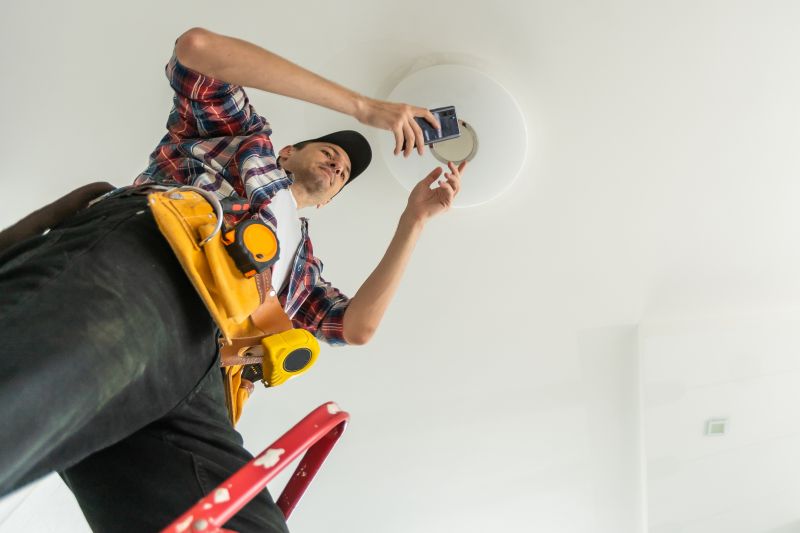Optimal Timing for Lamp Repairs
Lamp repairs are most effectively scheduled during periods of low activity or when lighting is less critical. Performing repairs during these times minimizes disruption and ensures safety. Regular maintenance intervals also help prevent unexpected failures and extend the lifespan of lighting fixtures.
Spring and fall often present the best times for lamp repairs, as demand for lighting is typically lower.
Scheduling repairs ahead of large gatherings ensures reliable lighting during important occasions.
Routine inspections and repairs can be planned during scheduled maintenance windows to avoid emergency fixes.
Aligning repairs with the lifespan of bulbs and fixtures helps maintain optimal lighting without unnecessary downtime.

Technicians performing repairs on a ceiling lamp.

A worker replacing a bulb during scheduled maintenance.

Close-up of a technician inspecting a lamp fixture.

Upgrading fixtures during a renovation project.
Lamp repairs encompass a variety of services including bulb replacement, fixture repair, wiring adjustments, and system upgrades. Proper maintenance ensures consistent lighting performance, enhances safety, and can reduce energy consumption. Statistics indicate that regular lamp maintenance can extend fixture lifespan by up to 30% and decrease energy costs by optimizing lighting efficiency.

A restored lighting fixture ready for use.

Technician inspecting wiring connections.

Installing a new fixture during scheduled repair.

Routine check of multiple fixtures.
| Best Time for Lamp Repairs | Key Benefits |
|---|---|
| Off-Peak Seasons | Minimized disruption and lower demand |
| Before Events | Ensures reliable lighting during gatherings |
| Preventive Maintenance | Prevents emergency failures |
| During Renovations | Reduces overall project downtime |
| Scheduled Maintenance Windows | Optimizes fixture lifespan |



